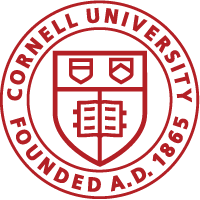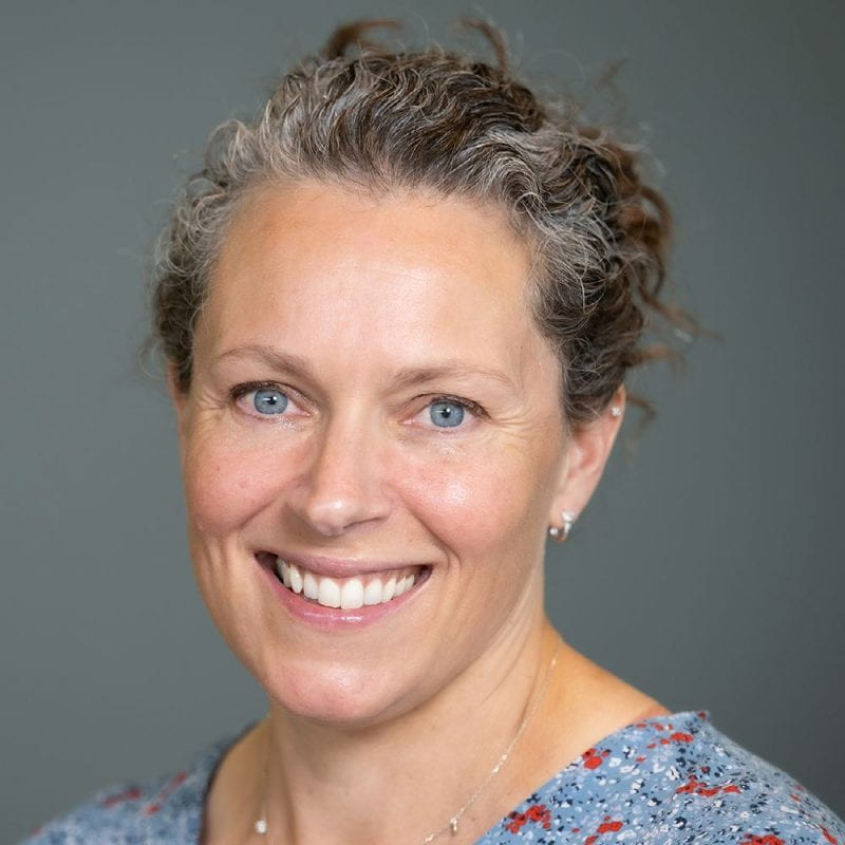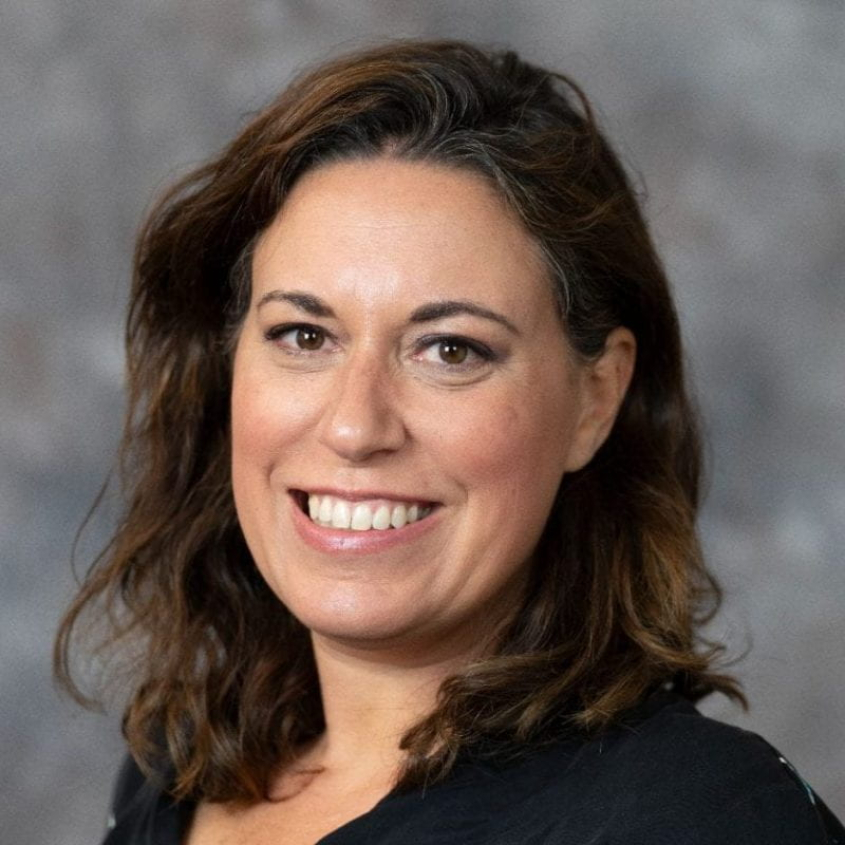A year of success for the Cornell Health Impacts Core
Just-in-time training for how to handle a food poisoning outbreak; a decision guide for air quality risk; a course for recognizing and responding to mental health issues. These are just a sampling of the resources provided by the Cornell Health Impacts Core (CHIC), which just celebrated the one-year anniversary of its launch.
In this short amount of time, CHIC, which is administered by Cornell Public Health, has seen success despite significant national challenges pitted against public health. In recognition of these impacts and the years of groundwork to prepare for them, CHIC’s team has been awarded the Cornell President’s Award for Employee Excellence.
“With the world around us changing so quickly, we must do new things in new ways to ensure health and well-being for all,” says Dr. Gen Meredith, CHIC director and associate professor in the Department of Public and Ecosystem Health. “To help understand and address pressing health-related needs, CHIC emerged to ensure long-lasting community connections and timely collaborative response to public health needs.”
Before the formal announcement of CHIC, those behind it had been doing community-engaged learning, research and practice for the past decade, as Cornell Public Health evolved. Then, to strengthen and solidify these efforts, CHIC was born.
A key facet of CHIC’s efforts is student internship projects: M.P.H. students partner with local non-profits, government agencies or civic organizations to support, plan, and/or implement real-world public health projects with and for partners. Audrey Baker, senior manager of applied practice within Cornell Public Health, facilitates these connections between students and community partners. “I help students find the right internship match — but I make sure to teach students how to fish rather than giving them the fish, so to speak” she says. “I brainstorm with them to make sure the project deliverables actually meet real-world needs.” These student partnerships create long-lasting CHIC-community connections that future students can tap into for their own projects for years to come.
Dr. Danielle Eiseman, CHIC associate director, focuses on building connections with community partners to identify and address their needs leveraging the skills and expertise of the CHIC team and affiliated faculty. “A big part of my work has been workforce development and applied trainings,” she says. Eiseman’s background in risk communication and climate action has been instrumental in developing many of CHIC’s capacity building programming around flooding, extreme heat and other climate-related disasters.
In its first year, the CHIC team has supported more than $2M in applied research and service programming, in partnership with federal and state agencies, health departments, communities and community-based organizations. These projects have engaged more than 500 public health workers and community leads, and CHIC-provided tools, trainings and publications have reached thousands more.
“All CHIC efforts focus on reducing deaths and disability — from extreme heat, wildfire smoke, water quality, pandemics, mental health, food insecurity, homelessness and more,” says Meredith.
In New York state specifically, CHIC has partnered with practitioners and partners in 40 counties, providing services such as assessment, planning, evaluation, facilitation and strategic communication, supporting community health assessments and improvement plans, emergency preparedness, grant writing, and integration.
All these efforts have brought positive public health benefits to New York state communities. “People from various community groups have come up to me and said, ‘Your team is a trusted voice in public health, we go to your website for resources and guidance,’” says Eiseman. “That feels very impactful and rewarding, to have our work valued by others.”
As CHIC embarks on its second official year of operation, the team plans to continue strengthening connections to New York state communities. “We’re always open to new potential partnerships and collaborations,” says Baker. “People shouldn’t hesitate to reach out.”
To inquire about working with CHIC, reach out to health_impacts@cornell.edu.
Written by Lauren Cahoon Roberts








